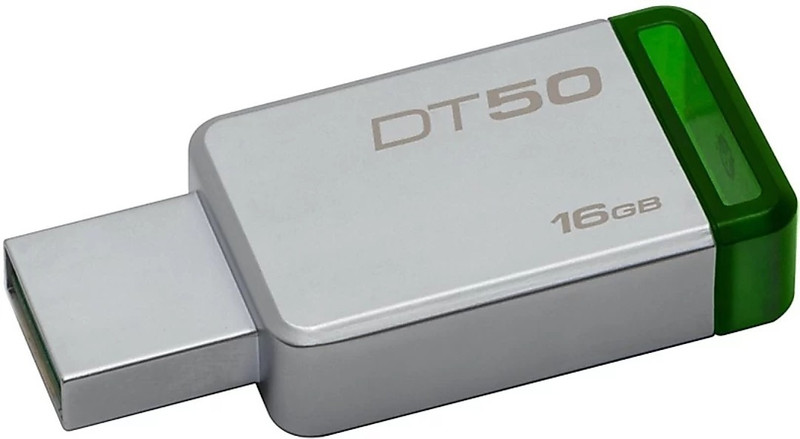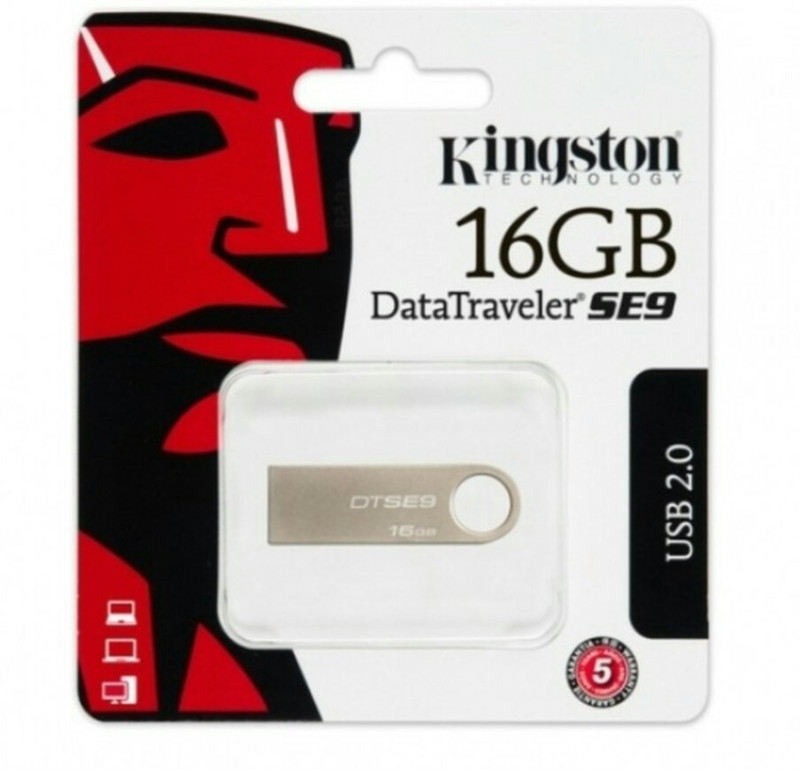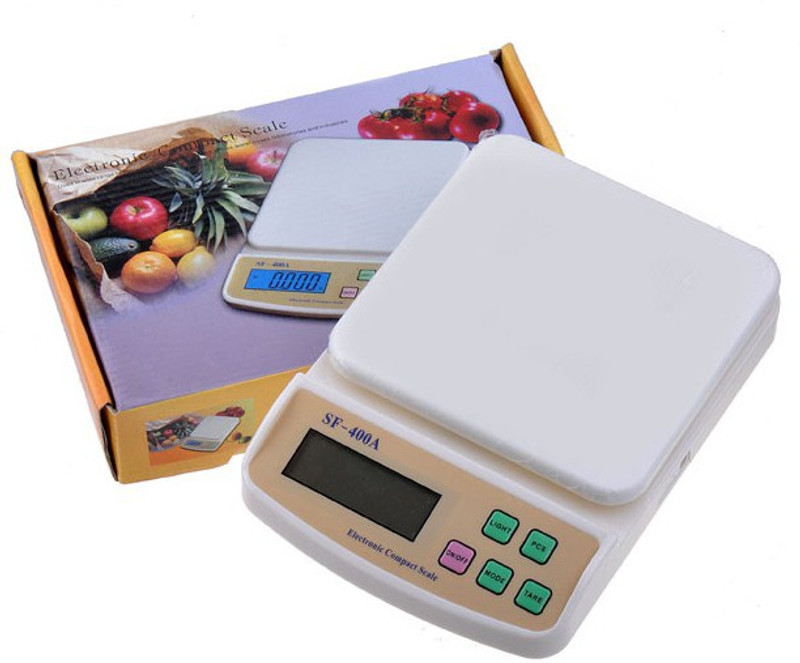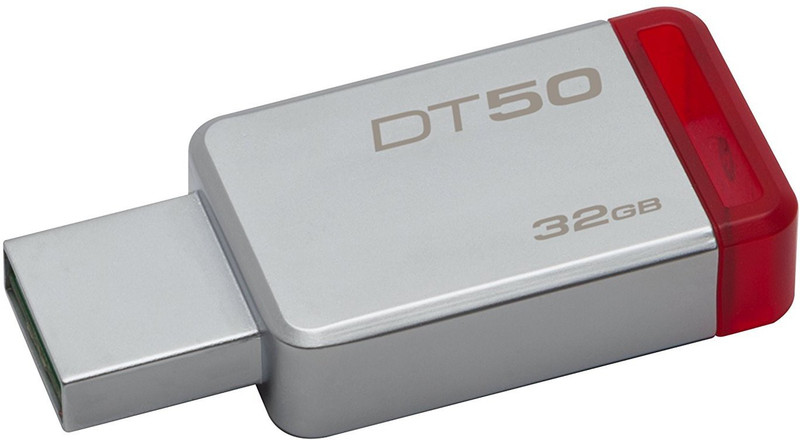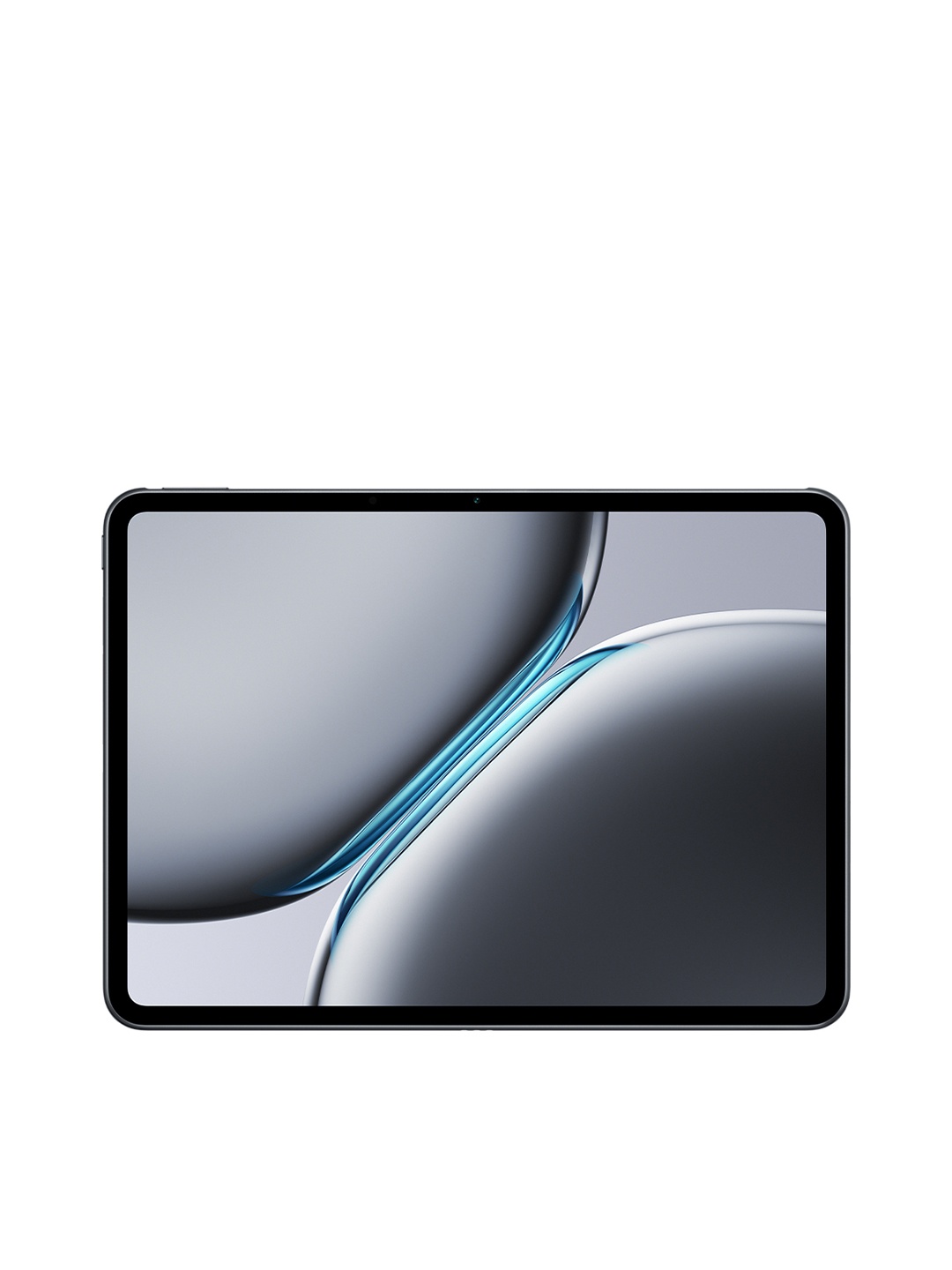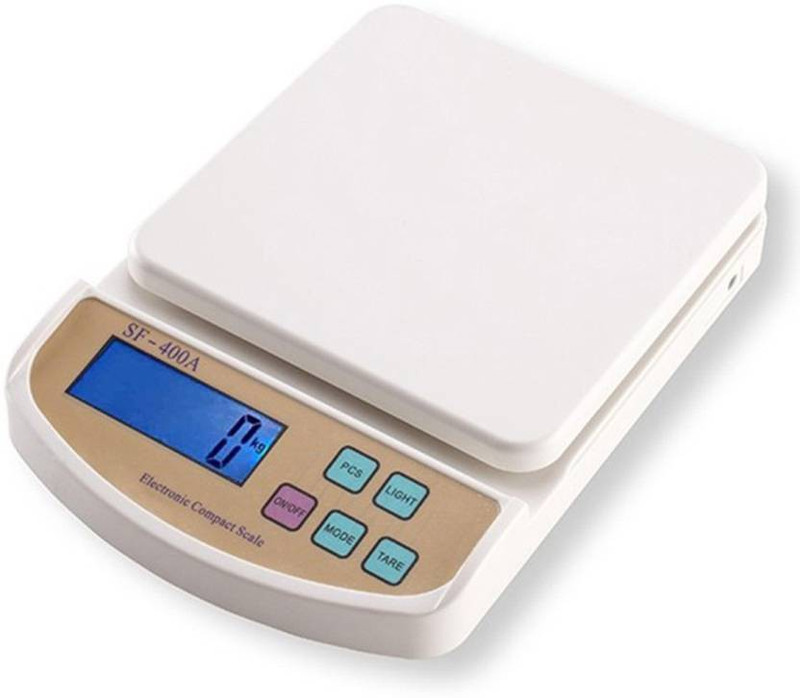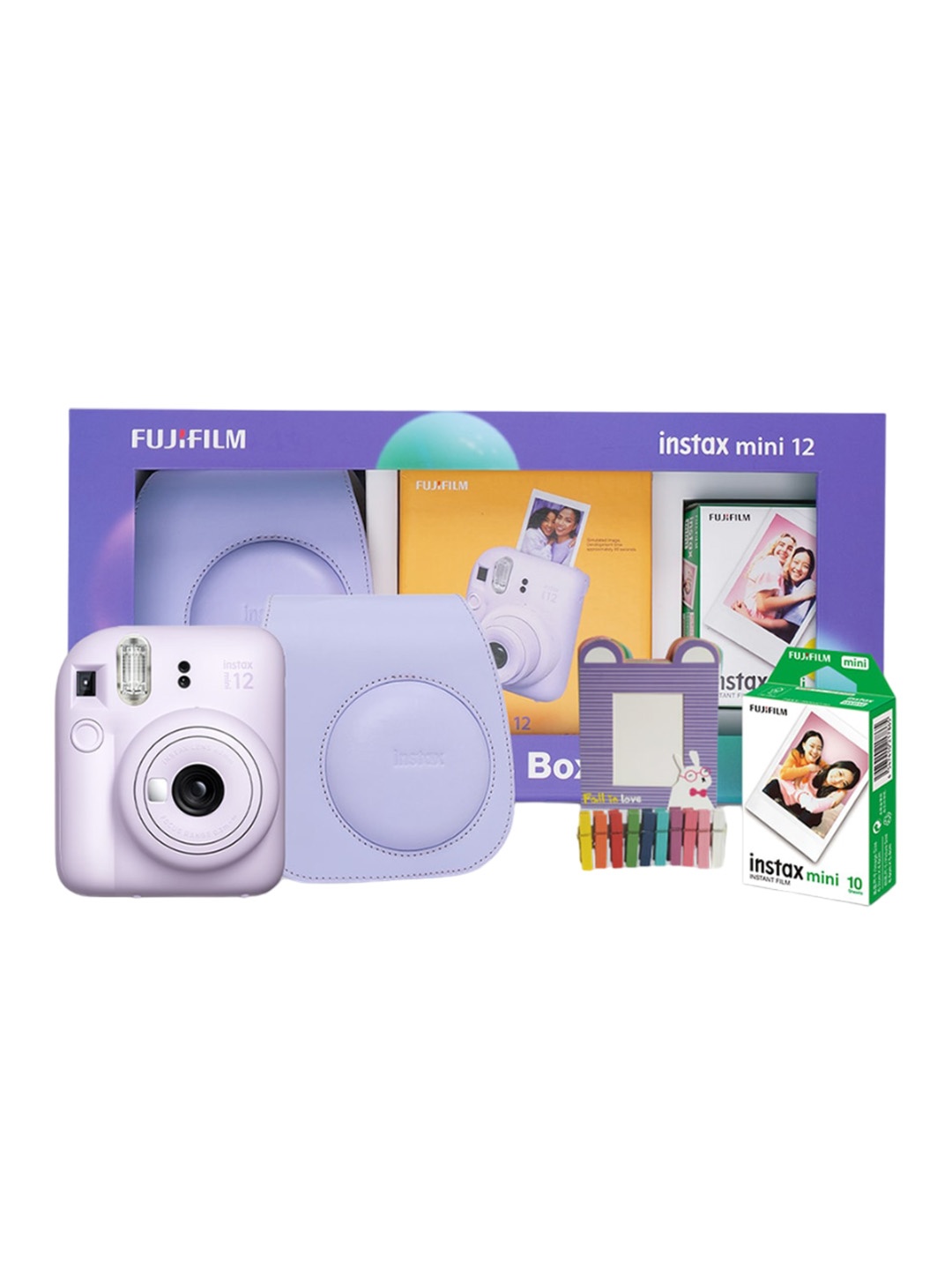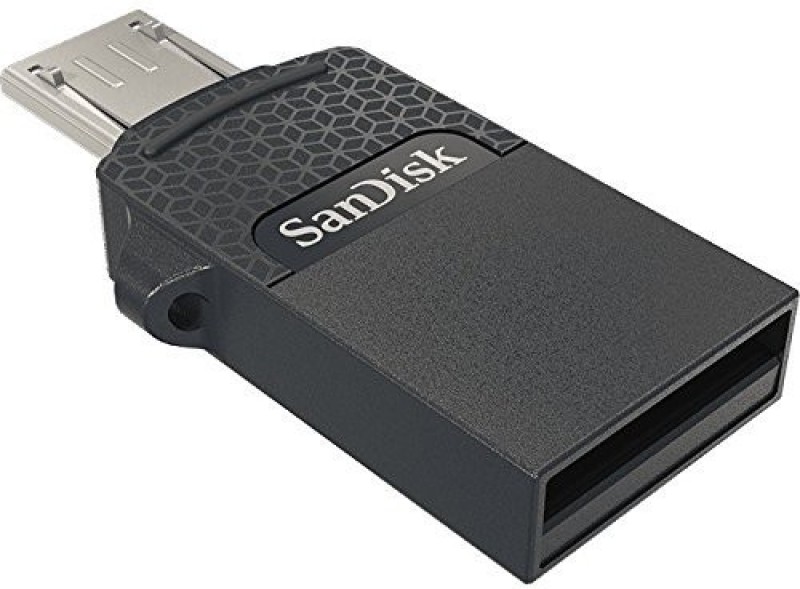Why Your Iron Is Leaving Stains On Clothes And The Top 10 Available On Flipkart From USHA, Wipro, Orient, Kent, Bajaj To Havells

There's something oddly satisfying about ironing, a rare moment of quiet focus where wrinkles vanish and razor sharp lines are drawn. But that calm can quickly unravel when a mark appears on a favourite shirt. It happens in a blink, and suddenly, the once-crisp cotton carries a suspicious sheen or, worse, a darkened patch. Most blame the iron itself or give the fabric a side-eye. But the culprit is often hiding in plain sight: the settings on the iron. Yes, those tiny knobs and dials many skim over could be plotting wardrobe sabotage. Understanding the true causes behind these marks, and the fixes, can not only save your clothes but make ironing far less frustrating. Let's explore why your iron is turning on you and the two settings that could quietly be making or breaking your laundry game and also explores the top 10 now available on Flipkart including USHA, Flipkart, Wipro, Orient, Kent, Bajaj, and Havells.
Also Read: Top 8 Quick Ironing Hacks That Will Save You Time And Effort
Know Why Your Iron Is Leaving Stains On Clothes And Check Out The Top 10 Available on Flipkart Including From USHA, Wipro, Orient, Kent, Bajaj To Havells; Photo Credit: Pexels
1. Heat Setting Mayhem: When 'Hotter' Isn't Better
It's easy to assume that cranking up the heat will smooth things faster. That logic, however, is how linen shirts end up with shiny patches and synthetic dresses with melted scars.
Every fabric has a sweet spot, a specific temperature range it can handle. Cotton and linen, yes, they can take the heat. But silk, nylon, and polyester? Not so much. Without a little respect for the dial, delicate fibres can deform, glaze or even burn.
Here's the kicker: most irons list fabrics next to the temperature control, yet many skip reading it. With today's fast-paced life, pausing to match fabric to heat can feel like an extra chore. But skipping this step invites disaster.
So, before steam rises, take a second to check the label on your garment. Then match it to your iron's dial. It's a tiny moment that could save you the heartbreak of ironing-induced wardrobe casualties.
2. Steam Setting Sins: The Damp Truth
Steam is the unsung hero of smooth clothes, but wielded the wrong way, it becomes a sneaky saboteur.
Too little steam on thick fabrics like denim or canvas, and you're left pressing harder and longer, increasing the risk of heat damage. Too much steam on delicate materials, and you might notice mysterious watermarks or even subtle warping.
The mistake? Many switch the steam function on or off based on intuition rather than fabric needs. Worse still, hard water builds up inside steam irons, clogging vents and leaving behind rusty streaks or mineral spots.
Regularly cleaning the steam reservoir and using distilled water can prevent this. But equally important is matching steam intensity to the fabric. Heavier materials thrive with robust steam. Sheers and silks? Keep it minimal, or better yet, skip it entirely.
Understanding steam as a tool rather than a default setting can make all the difference. Think of it like seasoning in cooking, just enough elevates the result. Too much ruins the dish.
3. Dirty Soleplates: The Hidden Grime Monster
A gleaming iron soleplate might look harmless, but underneath that shine could be a build-up of invisible grime.
From fabric softeners and starch to melting synthetic fibres, residue collects over time. What starts as a faint streak can evolve into sticky black marks that transfer straight onto your clothes.
Soleplate gunk is especially treacherous because it tends to appear on lighter fabrics first, meaning your crisp white shirt might become the canvas for an accidental iron tattoo.
Cleaning the soleplate doesn't need fancy tools. A soft cloth, a paste of bicarbonate of soda and water, or even a bit of vinegar can do wonders. Just avoid anything abrasive that might scratch the plate.
Make it a ritual, clean the soleplate once a month, especially if you're a frequent ironer. It's a small task that prevents a world of ruined outfits.
4. The Tricky Terrain of Mixed Fabrics
Today's clothes often blend materials, cotton-polyester, wool-silk, and the ever-confusing rayon mixes. These hybrids are great for wearability but confusing for ironing.
One part of the garment may need high heat, while another section is begging for gentle warmth. The iron is too hot, and you risk burning the synthetic parts. Iron too cool, and the stubborn wrinkles don't budge.
The solution? Approach mixed fabrics like a puzzle. Start with the lowest temperature recommended among the materials. Gradually increase if needed, but only in small increments. Always iron inside-out if the blend is uncertain.
Even better, keep a pressing cloth nearby, a simple cotton handkerchief or tea towel. Placing it between the iron and the garment acts as a buffer, letting you use higher heat without risking direct contact.
With mixed fabrics, patience is the best accessory. A little extra care ensures the outfit lives to see many more wears.
5. Tap Water Struggle: When Minerals Leave A Mark
It's common to fill irons straight from the tap. It's quick, convenient, and a mistake many regret when brown stains suddenly appear mid-press.
Tap water in many areas contains minerals like calcium and magnesium. Over time, these minerals build up inside the iron's steam vents and water tank. The result? A dreaded rusty drip or white specks scattered across dark fabrics.
The fix? Distilled or demineralised water. It costs a bit more but saves clothes in the long run. And if you've already used hard water, no panic, running a vinegar-water solution through the steam function every few weeks can flush out the residue.
Something is disheartening about water, the very essence of clean, turning into a source of mess. But understanding the chemistry at play helps reclaim control and keeps those smart trousers looking smart.
6. Spraying Before You Iron? Think Again
Old habits die hard. And one of the oldest? Spraying water directly onto fabric before ironing.
While the logic is sound, wet fabric smoothens more easily, this trick doesn't suit all materials. Spraying can lead to watermarks on delicate fabrics or uneven steaming on synthetics.
Moreover, the act of spraying cool water onto a hot soleplate can cause quick temperature drops, reducing efficiency or even triggering steam splatter. The result? Confusion, creases, and unexpected marks.
If dampening is truly needed, a better option is to lightly mist clothes before ironing and let them sit for a minute. This allows moisture to settle evenly without shocking the iron or the fabric.
Some newer irons offer misting functions built-in, calibrated for safer results. If yours does, explore that feature, it's designed to avoid the classic blunders of overzealous spray-bottle use.
7. Not Letting Clothes Cool: The Rush That Ruins
In a world of multitasking, letting clothes cool post-ironing feels like an unnecessary pause. But this tiny step can be the make-or-break moment for your garment's finish.
Freshly ironed fibres are still warm and malleable. Folding or hanging them immediately might press in unintended creases, or worse, create shiny spots from the residual heat against hangers or surfaces.
The better move? Lay clothes flat or drape them gently for a few minutes. Let the heat fully dissipate. It's like letting baked goods cool before slicing; skip the wait, and you lose the magic.
Clothes, like people, need a moment to settle after heat. Honour that pause, and the results stay smoother, longer.
8. Those Two Overlooked Settings: Fabric and Water Control
Among all the dials and switches, two often go unnoticed, and they hold the secret to pristine pressing.
First: The Fabric Selector. Most modern irons include a fabric-specific setting (sometimes digital). Choosing this ensures that temperature and steam output match the material. It's easy to ignore or guess, but accuracy here eliminates most ironing disasters. Always match it to the garment's care label.
Second: Water Control Dial. This controls how much steam is produced from the water tank. On low, it gently humidifies the fabric. On high, it blasts wrinkles away. Knowing when to toggle this can prevent soggy patches or that infamous drip from steam holes.
Used correctly, these two settings act like the satnav of ironing, quietly guiding, rarely flashy, but essential.
Give them the attention they deserve, and suddenly, ironing becomes less of a gamble and more of an art.
Products Related To This Article
1. Flipkart SmartBuy Regal 1000 Watt 1000 W Dry Iron
2. USHA ArmorAR1100WB 1100 W Dry Iron
3. Longway Kwid 1100 W Dry Iron
4. Nova Plus by Nova Amaze NI 10 1100 W Dry Iron
5. Wipro Elato GD203 1200 W Dry Iron
6. Orient Electric Fabriknight DIFK10BP 1000 W Dry Iron
7. DELHI STEAM TRADERS by DELHI STEAM TRADERS Teflon Shoe For Industrial Steam Iron 2128 Model Improved Ironing Performance 0 W Steam Iron
8. KENT Swift Handheld Garment Steamer Ideal for Fabrics like Sarees, Suits, Jackets etc 1300 W Steam Iron
9. BAJAJ Majesty DHX9 1000 W Dry Iron
10. HAVELLS glydo 1000 W Dry Iron
With the right iron - do check out the ones listed above on Flipkart from USHA, Wipro, Orient, Kent, Bajaj and Havells - ironing doesn't have to be a guessing game. Those mystery marks on clothes, so often dismissed as accidents, are usually preventable. From respecting the humble heat setting to understanding water's role, every wrinkle and scorch tells a story of either care or neglect. Learning the nuances of your iron, especially those two quiet settings, brings a sense of control back into your hands. It's not just about aesthetics, it's about preserving the time, money and memories stitched into every garment. So the next time an iron heats up, think of it not as a chore, but a craft. With the right settings and a god iron, even the trickiest fabric becomes a canvas of calm, clean lines, free of marks and full of promise.
Disclaimer: The images used in this article are for illustration purpose only. They may not be an exact representation of the products, categories and brands listed in this article.













